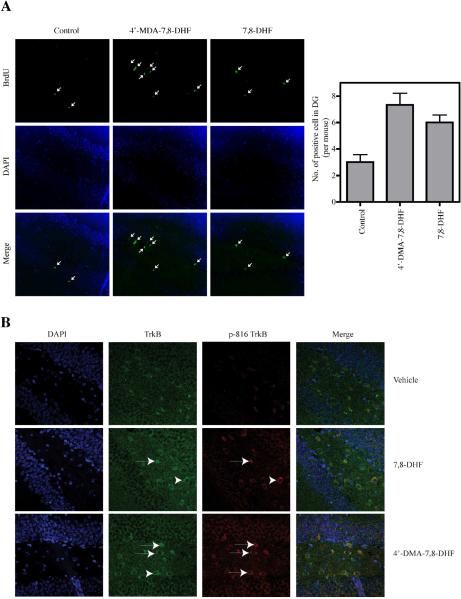Figure 5. 4'-dimethylamino-7,8-dihydroxyflavone and 7,8-dihydroxyflavone promote neurogenesis.
A, Neurogenesis assay. Male C57BL/6J mice were orally administrated with 5 mg/kg 4'-DMA-7,8-DHF and 7,8-DHF and vehicle solvent for 21 days, and followed by 50 mg/kg BrdU i.p. injection. In 2 h, the mice were perfused and brain sections were immunostained with anti-BrdU and DAPI. The positive cells in dentate gyrus were highlighted by arrow (left panels). Quantitative analysis of the BrdU positive cells in dentate gyrus (right panel). B, 7,8-DHF and its derivative upregulate TrkB activation in dentate gyrus. Paraffin section were deparaffinized in xylene and rehydrated gradient ethanol solution. Samples were boiled in 10 mM sodium citrate buffer for 20 min for antigen retrieval purpose. Brain sections were incubated with anti-TrkB (BD biosciences, San Jose, CA) 1:50, and anti-p-TrkB Y816 was used at 1:300 dilution. Secondary antibody were applied using anti-rabbit-Alexa 594 (red), anti-mouse-FITC (green). DAPI (blue) was used for nuclear staining.

